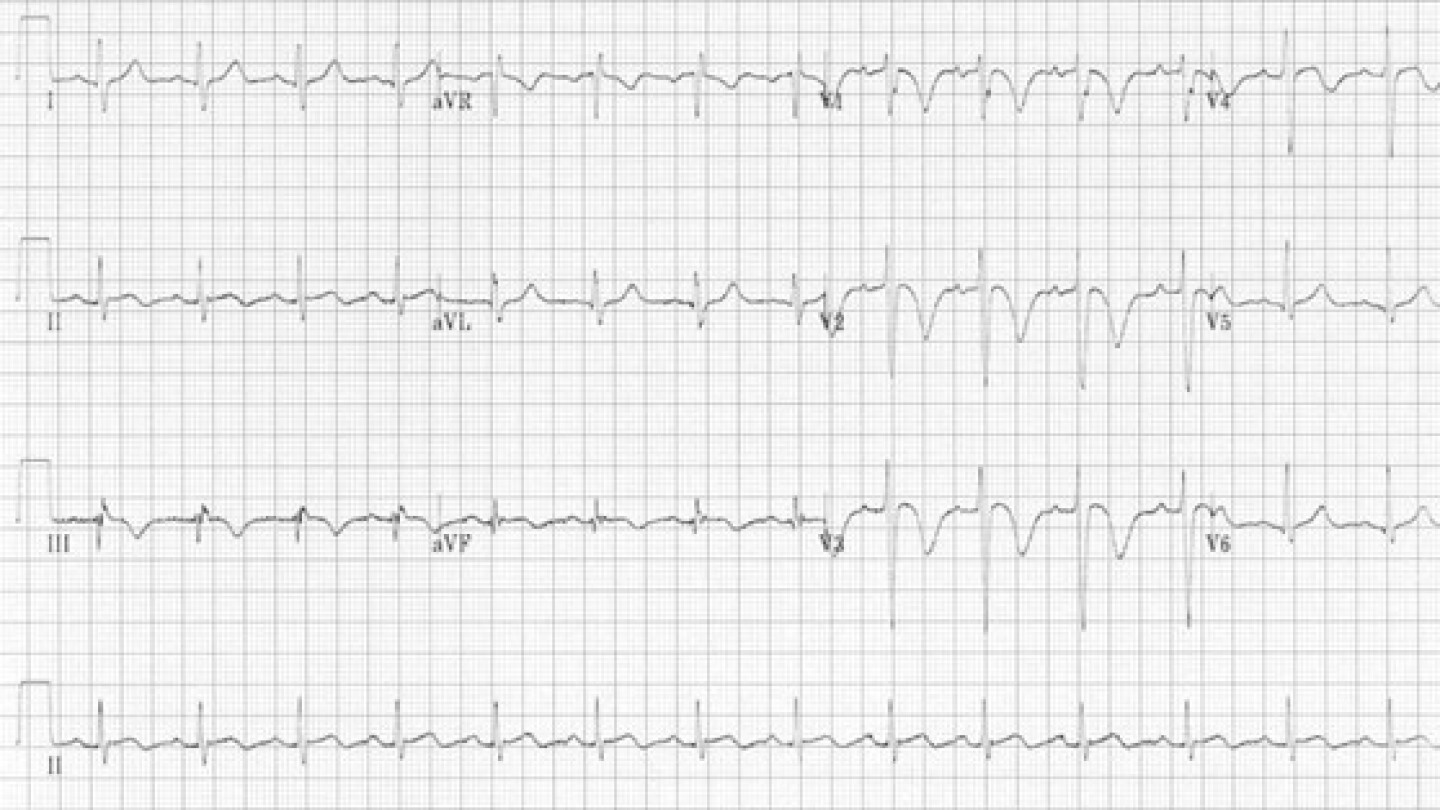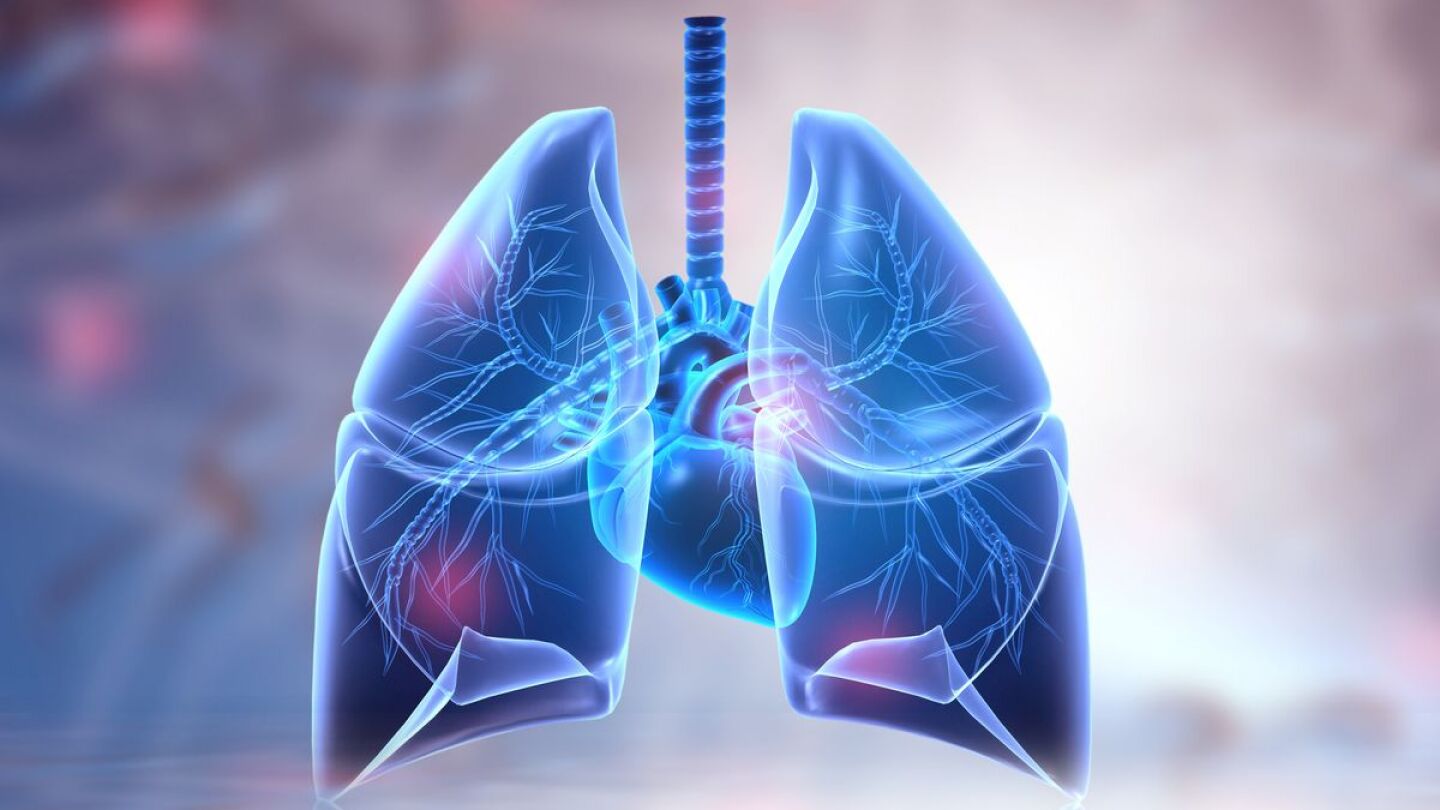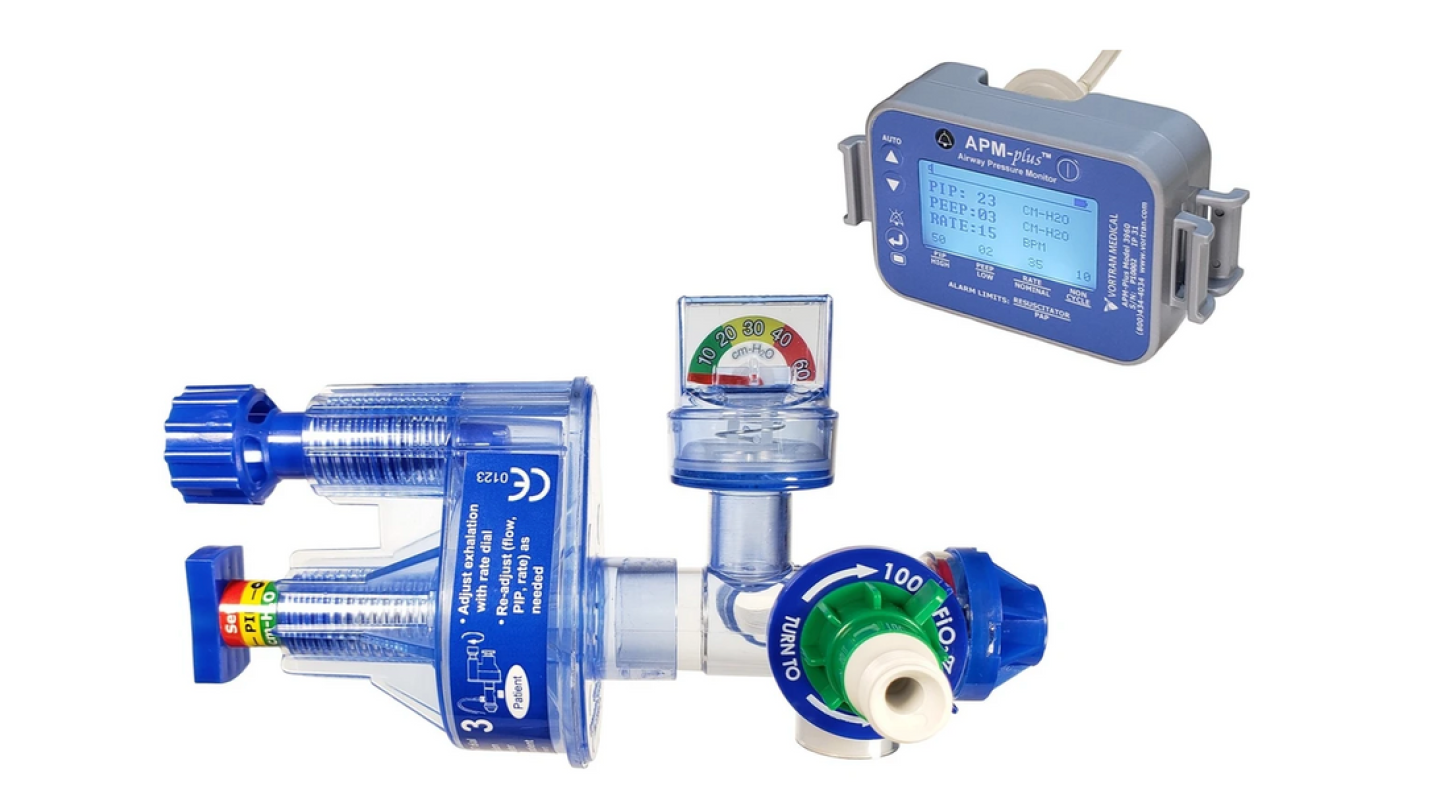Capnography
Discover our directory of articles on Capnography in EMS, designed to equip professionals with the knowledge needed to effectively monitor and interpret end-tidal CO2 levels. This collection covers capnography in various scenarios, including respiratory emergencies, cardiac arrest, and airway management. Understanding capnography is essential for making informed decisions in critical situations. For more insights, explore our resources on Airway Management. Stay informed and improve your patient care with our expert guidance on capnography.
Assign someone to monitor the patient’s airway visually and with capnography using these five tips
“GCS <8; intubate” may be endangered, but not totally deserving of extinction
In this data-packed EMS One-Stop episode, Drs. Brent Myers and Remle Crowe share 7 critical metrics, from opioid overdoses to pediatric behavioral health, reshaping prehospital care
Five options for exchanging the SGA for an endotracheal tube
From vocal cords to alveoli, and mmHg to Lpm: Test your airway knowledge
Help student paramedics identify CHF, Curare cleft and ROSC in capnography waveforms, and develop a treatment plan
POCUS, ECG and assessment findings to look for to avoid the RV spiral of death
Put your rales, rhonchi and stridor expertise to the test
Video: Watch all of the elements of the chain of survival come together
Waveform capnography provides a non-invasive, accurate assessment of a patient’s ventilatory status
Assessing for the 5 things that can kill people emergently when they suffer major trauma
Another tool in the diagnostician’s briefcase
Dr. Joelle Donofrio-Odmann discusses diseases of the upper and lower airways
The GO2VENT by Vortran is a gas-powered device worth considering for disaster plans
Takeaways from the 90-plus posters on display at this year’s National Association of EMS Physicians annual meeting
Always keep the patient’s context in mind in any situation when you’re utilizing waveform capnography
Louisville Metro EMS Major Chis Lokits joins to discuss the future of paramedic intubation, as well his agency’s part in the DoD’s prehospital airway clinical trial
Our cohosts tackle a contentious topic – including waveform capnography into the EMT Scope of Practice; do you agree?
Maryland physician describes the current pediatric bed crisis as “far worse than the worst days of the adult critical care bed crunch during COVID”
Exploring the limitations of lung auscultation and pulse oximetry
Check out this incredible footage from video laryngoscopes that captured burned and swollen airways during intubation
Protect patients from over-ventilation and pulmonary injury with a bag-valve-mask that helps regulate rate and volume
The negative association between number of airway attempts and neuro-intact survival following OHCA
Preparing for the most stressful call you can receive: pediatric cardiorespiratory arrest
Examining the evidence for managing intubation attempts, PEA and ETCO2 for out of hospital cardiac arrest
Establishing a definitive airway and administering blood products
How young patients’ unique anatomy and physiology impact trauma assessment and management
It’s not all about breathing rates: hypercapnia risk factors and complications
The position statements summarize recommendations for training, quality management, pediatric considerations and more
Drs. Antevy, Piehl, Spiro, Scheppke, Bernstein and Kupas discuss ketamine and other sedatives, and how to minimize risk when administering
Learn about the types of burns, how to calculate BSA and how to treat burns and airway compromise
Kelly Grayson shares how the digital amplification option from Eko stands up to rig noise and abuse































